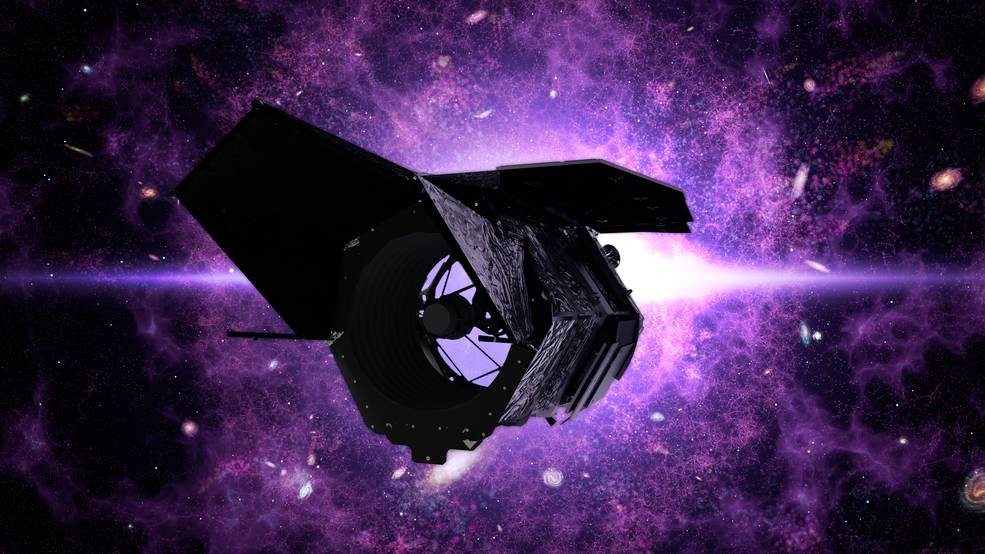A study suggests that wandering planets may outnumber stars in the galaxy. A future NASA mission could help to lift the veil on these solitary objects.
Finding an exoplanet is no small feat. And for good reason, these worlds do not give off any light. Also, to detect their presence, astronomers generally rely on two main methods. The first, that of the radial velocity , makes it possible to detect the gravitational effect of the planet on its star. The second, the transit method , makes it possible to identify tiny drops in luminosity of a star, betraying the passage of a planet in our visual field.
These two methods allowed us to identify more than 4000 exoplanets , all dependent on a star. Nevertheless, there are other, more solitary worlds in the Universe. Only a few of these orphan planets have been discovered so far, but there could be many more. However, to detect them, astronomers will have to resort to a third option.
Einstein's general theory of relativity tells us that the curvature of spacetime is altered by the gravitational force generated by massive objects.
A gravitational lens occurs by the presence of a very massive celestial body (like a galaxy) located between an observer and a distant light source. Imprinting a strong gravitational field around it, this very massive celestial body then deflects the light rays of the object located in the background, distorting and magnifying thus the images that the observer placed on the line of sight will receive.
The micro-lenses , roughly, rely on the same principle, but on a smaller scale, usually involving an alignment of two stars. In this specific case, the light from the star in the background will bend at the level of the star positioned in front of it.
Nevertheless, it should also be noted that planets can also generate a small gravitational lensing effect. In this new scenario, when a planet aligns closely with a star farther from our view, the latter's light will be slightly amplified as it moves past said planet.

The few orphans detected so far have been through ground-based telescopes. However, a future instrument, the Nancy-Grace-Roman telescope, could soon change the situation. Launched in 2025, it will be able to detect stellar luminosity peaks (aka micro-lensing effects) with unparalleled sensitivity .
As part of a study published in The Astronomical Journal , researchers believe it could unearth hundreds of new free-floating rogue worlds across the galaxy over the next decade. Some, they say, could be as small as Mars. Researchers can then extrapolate the actual number of these planets from these results. According to them, they could be more numerous than the stars in the Milky Way .